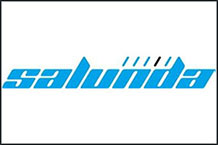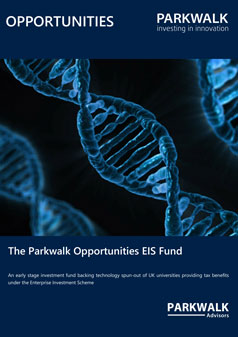Dear ,
The company is currently targeting safety critical applications for oilfield drilling. Current practice is to rely on observation or manual processes that are slow and error-prone.
Salunda’s first product is a monitoring network called Latch Hawk for pipe handling equipment during drilling. The solution operates as a safety barrier to prevent dropped pipe and detect malfunctioning latches, used to secure pipe during drilling. This reduces accidents, damage and lost working time and can be retro-fitted to existing equipment.
The newest opportunity that Salunda is working on is a hand-held fluid analyser called MudChecker used to measure drilling fluids, or ‘muds’. Drilling fluids must be checked several times a day while drilling, and more frequently in deep-water, high pressure wells. Current practice has not changed much since the dawn of the industry: legacy methods take over an hour and frequently produce inconsistent and inaccurate results, whereas MudChecker produces results in minutes electronically. Big changes in drilling fluid composition can slow down drilling (the rate of penetration), lead to collapsed wellbore or even a ‘blow-out’. MudChecker testing is very frequent, meaning better drilling results, permitting operators to increase the rate of penetration, reaching target depth (TD) sooner. Accelerated well completion and early production reduces costs and increases revenues.
The Technology
The business was originally a spin-out from the Physics Department of Oxford University and now holds a portfolio of forty patents, of which fifteen are granted. The company has delivered solutions for use in very harsh environments, for example monitoring turbine blades. This technology has been packaged into safety-critical, high value applications around the oilfield.
The Market
Salunda’s products target oilfield monitoring of equipment and fluids. Drilling rig equipment is sold by OEMs to drilling contractors and production platform operators. While the market is correlated with the number of active rigs, and therefore fluctuates with the oil price, the products are designed to improve safety and productivity for which investment is strongly justified and reasonably constant. We estimate a market opportunity for these products from $50m to $150M.
The Model
Salunda sells its equipment monitoring solutions via major rig manufacturers. The type of contract varies but we would expect Salunda to sell the products to the OEMs and to receive further payments based on the overall selling price of equipment incorporating their devices. The hand-held devices may be sold directly but also via oilfield service companies, for example well-site service business. These products have associated consumables, and may also generate software subscription revenues.
The Team
Alan Finlay - CEO
Alan has 15 years’ experience of commercialising technology, including as co-founder and CEO at Parkwalk portfolio company Microsaic Systems plc, where he conceived and launched the world’s first chip-based mass spectrometer products and achieved a successful IPO. He was appointed Chief Executive at Salunda Limited in 2013 and is the author of over twelve patents. Alan has a MEngSc in Mechanical Engineering from University College, Dublin.
Rod Taylor MBE - Chairman
Rod has recently joined Salunda having sold the Seaward Group, an instrumentation group which he managed and founded, in 2015 to MetraWatt International. He has extensive experience in taking companies through commercialisation, especially in international markets.
David Richardson - Finance Director
David has 20 years of experience in industry, working at AstraZeneca and Evotec among others.
The Investment Case
Salunda has managed to generate sales ahead of plan in an industry that has faced a historically low oil price. That is a promising beginning and highlights the value that its technology brings to its customers. We are confident that this new injection of funds will allow the company to develop its latest product, which opens up a new stream of revenue, and boost its commercialisation efforts, which could take the business to profitability in a few years. Additional product developments are likely in the future.


